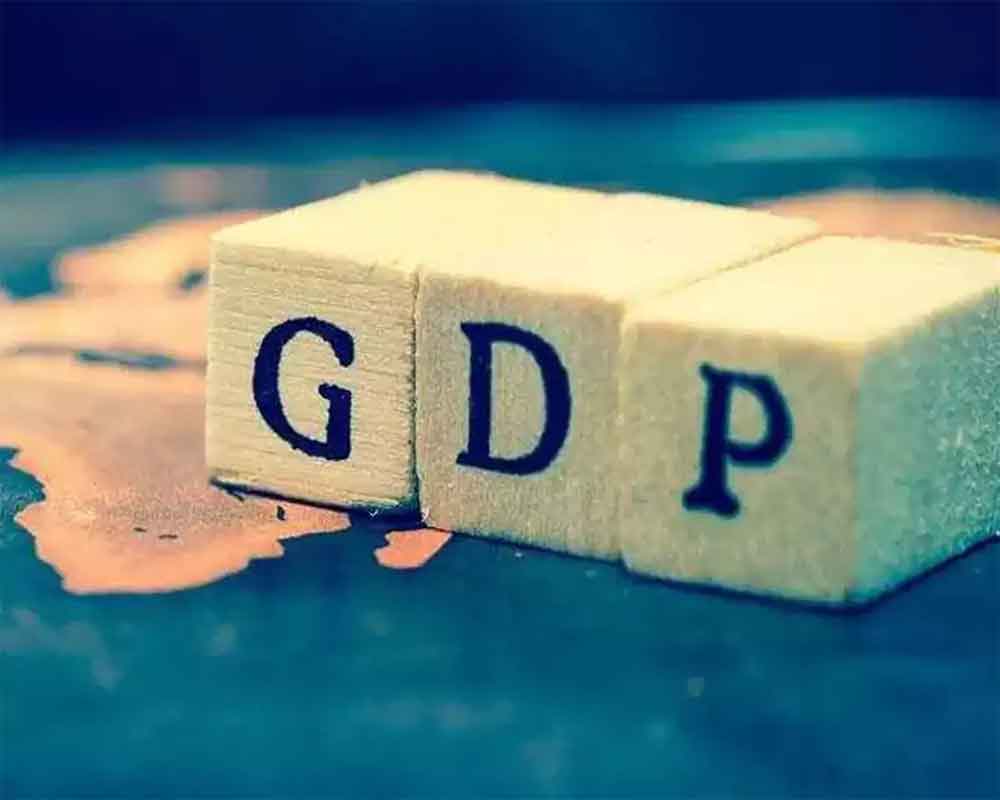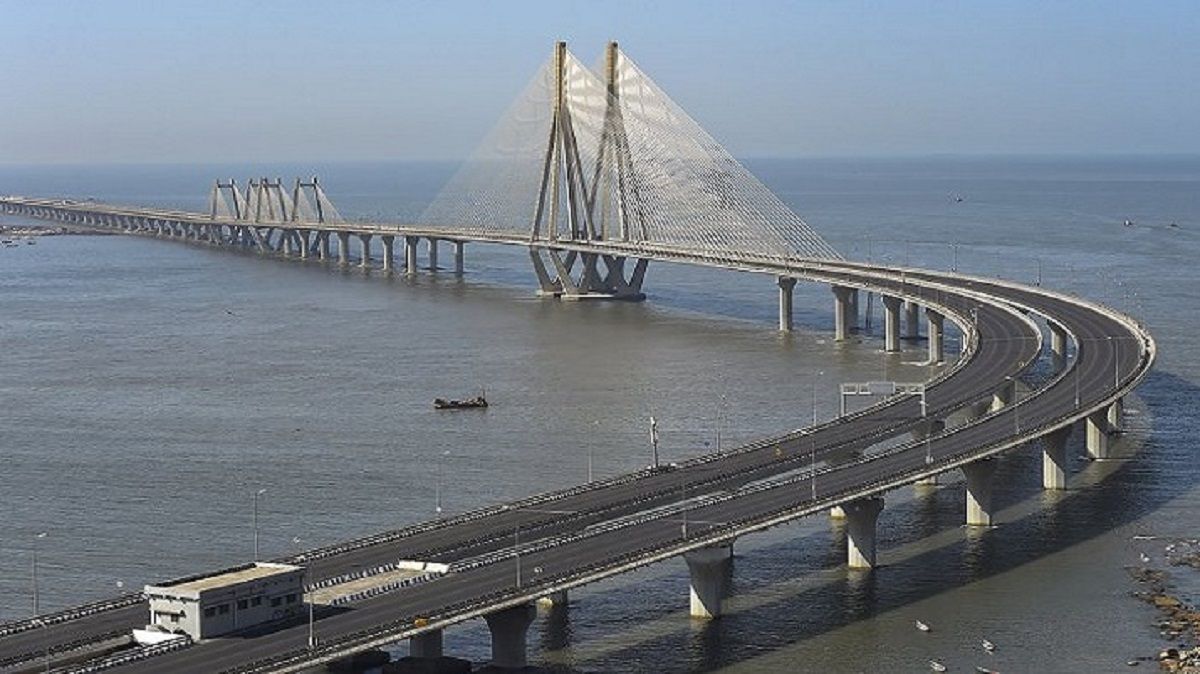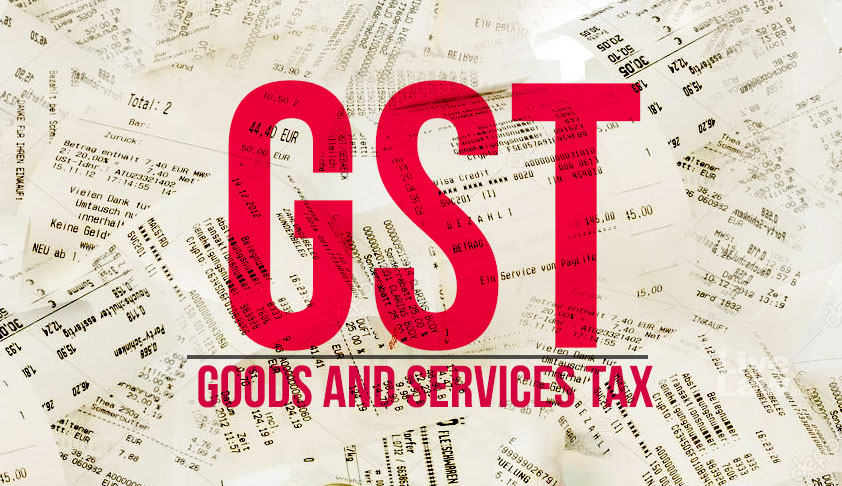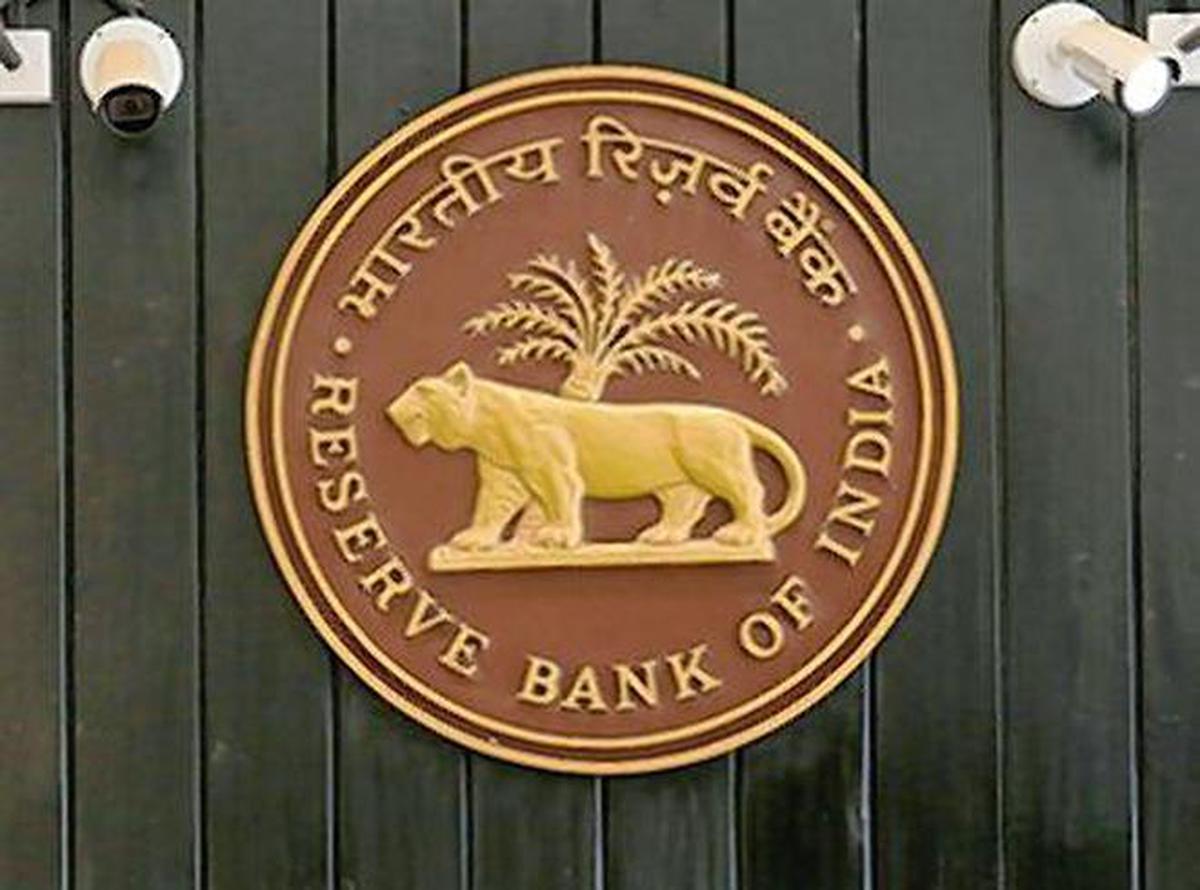India, as an industrialising nation, cannot afford to have an engineer with bookish knowledge of an engine without the skill to design it
India went into lockdown mode in March and people in almost all sections of society have been facing socio-economic difficulties since then. The almost insurmountable challenge in front of policymakers has been to balance lives and livelihoods. The uncertainties of the lockdown entwined with health and safety concerns disrupted the market that faced a supply and demand shock. These issues resulted in a historically low Gross Domestic Product (GDP) growth rate of -23.9 per cent in the first quarter of the current financial year, with industrial growth shrinking by 40 per cent. However, it is expected to pick up in the subsequent quarters as stated by the Reserve Bank of India (RBI) and the World Bank. The economic consequences of the pandemic and local lockdowns have been well-discussed and are surfacing in the GDP and industrial production numbers.
However, there is another side of the issue which is quietly creeping up and that is the social consequences arising out of the lack of skill training. Certainly, this social and educational consequence will translate into economic adversity over a period. According to the All India Survey on Higher Education (AISHE), India’s gross enrolment ratio was 27.4 per cent for 2017-18. This is not a great figure as compared to the other developing countries. This is further battered by the possible decline in enrolment this year owing to constrained access to educational institutions and infrastructure for many unprivileged students, particularly in rural India. Given the contagion, the Indian education regime had to shift gear to the online mode. Thanks to the internet that, at least, served an option for continuing education. But the question is: Is this viable on the ground? Will our students contribute to the human capital and participate in the herculean task of reviving the Indian economy? The presence of internet and digital infrastructure along with their significant (about 50 per cent) penetration in the country have come today as a boon for education and for imparting training to aspirants. In this backdrop, the Pradhan Mantri e-Vidya Programme was launched, which unifies all efforts related to digital, online and on-air education. Furthermore, top 100 universities were permitted to start online courses from May 30 without any fresh approval from education regulators. States, such as Karnataka, too, announced policies for online education.
However, there exist certain unprecedented challenges for moving towards online education, which is the need of the hour. It has not only changed the way students from KG to post-graduation learn, but also has significantly altered the methods and materials of teaching for educators and parents. The fundamental constituent to enable online education is digital infrastructure, including high-speed internet and supporting devices (desktop, laptop, tablet or mobile phone). These prerequisites of online education have further expanded the gap between the upper and middle class and urban and rural populations of the country in terms of access to education even after promulgation of the Right to Education.
Education and skill training have always been a two-way communication and feedback process that may not be done in the online mode as effectively as it can be done in classrooms and laboratories. It is difficult to imagine students learning biology, physics and chemistry without actually experimenting in laboratories. It is quite important to differentiate knowledge and skill in this context. Knowledge can be delivered and learned from literature. However, skill-imparting needs experiment and experience that may not be feasible in the online mode of learning.
India, as an industrialising nation, cannot afford to have an engineer with bookish knowledge of a combustion engine without having the skill to design and operate it. Historically, the industry-academia gap has always existed in India. A McKinsey report had flagged the issue, a decade ago, that just a quarter of engineers in India were actually employable. Now, the online education model producing graduates with lack of skills may aggravate the employability issue further. This may lead to a deteriorated human capital and underemployment in the economy due to the fact that a large pool of the present unskilled human capital coming out of the online pedagogy will join the workforce in the future, face employability challenges and take a longer period to be skillful and join the productive workforce of the nation.
Given the necessity of the online education system, at present, we must acknowledge and address these issues, challenges and the consequences associated with it. The lack of digital infrastructure in rural and unprivileged sections has posed implementation challenges on the ground, leading to social inequalities. However, the major worry lies in the outcome of this new regime of online education system in terms of skill and lack of employability of the human capital that will have the great responsibility of putting the Indian economy back on its growth trajectory with equitable development.
It is high time we think about bridging the gap between rural and urban digital infrastructure for online education and imparting employable skills. The National Education Policy (NEP) aims to reform the education system by 2030 in a push towards an Atmanirbhar Bharat. One hopes that the NEP bridges the gap between the industry and the academia in terms of employable skills and gives an equal learning and growth opportunity to all.
(The writer is a Senior Research Scholar, Department of Management Studies, IIS, Bengaluru)








 OpinionExpress.In
OpinionExpress.In














Comments (0)